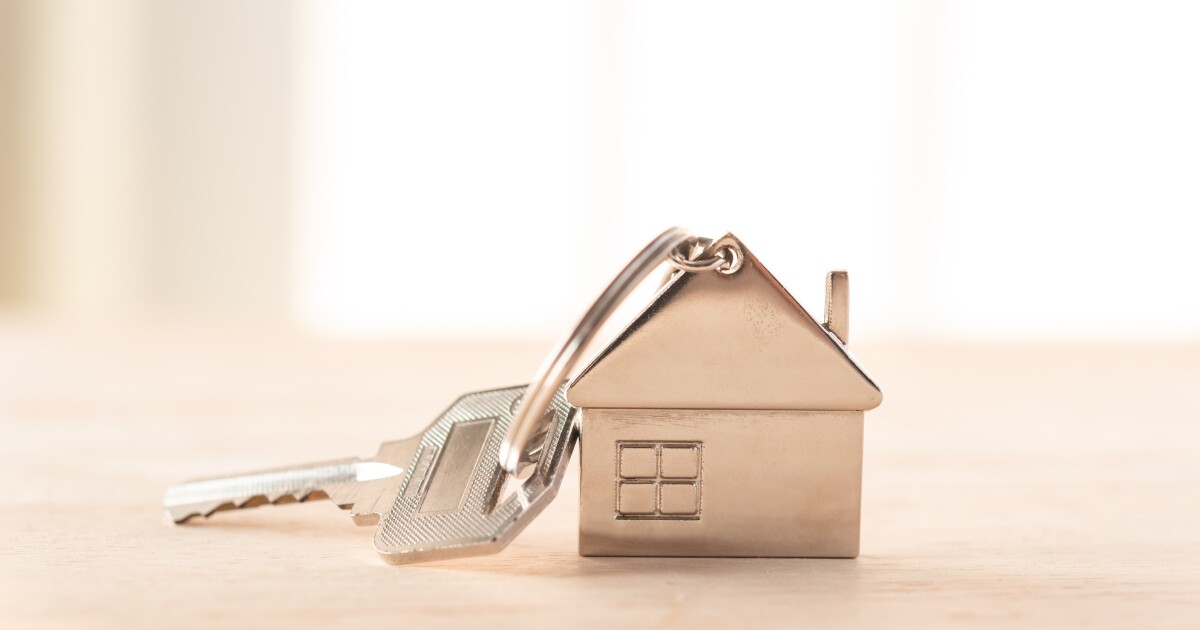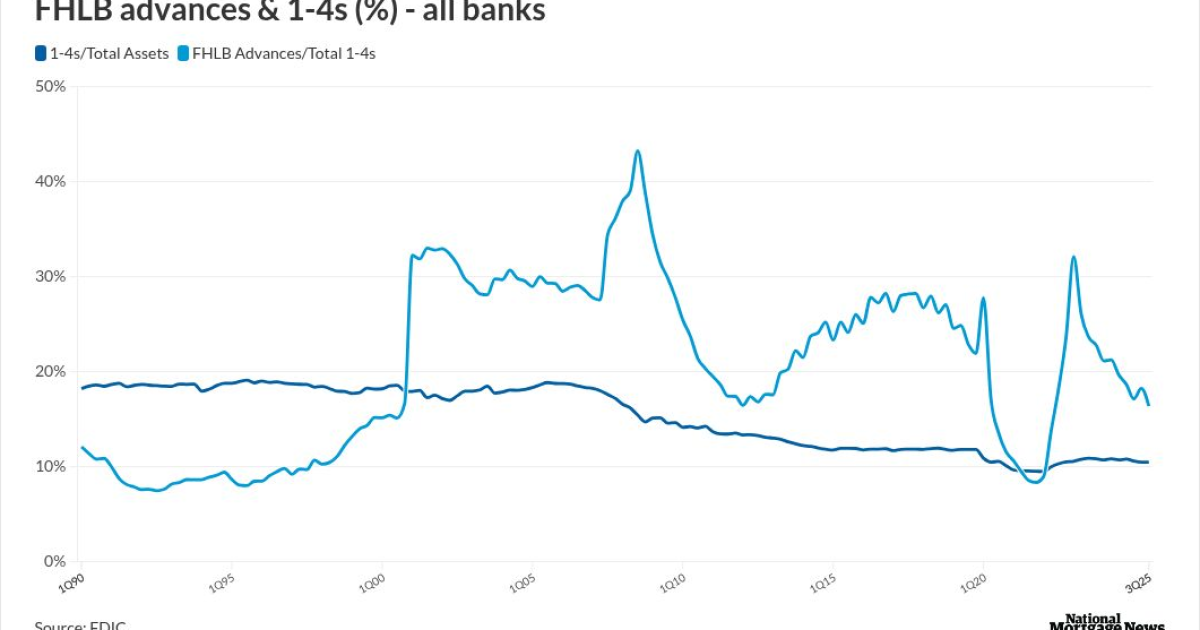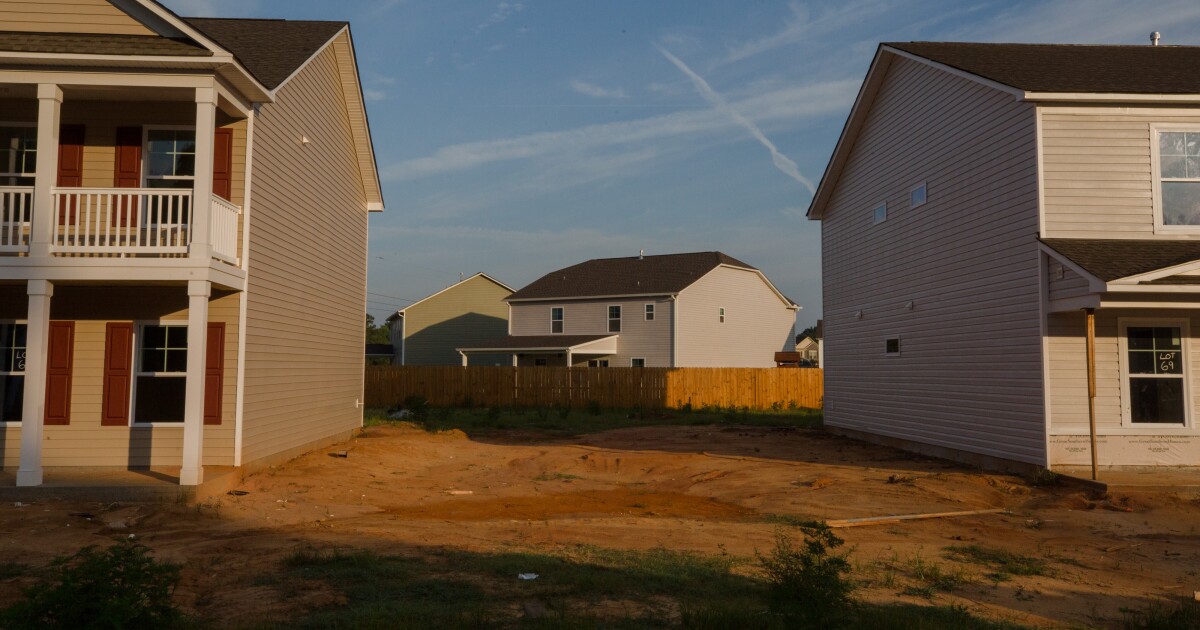
A majority of
In a study conducted by the Federal Housing Finance Agency, approximately 60% of homebuyers who made their first purchase between 2003 and 2006 are currently still holding a single-home mortgage, its researchers said.
"Most homebuyers have remained homeowners, and the persistence of homeownership has increased, especially since the Great Recession," they wrote.
Also, 40%
The FHFA examined data from
"Measuring homeownership sustainability is a significant contribution to our understanding of homeownership persistence. While this study sheds light on the dynamics of homeownership, several fundamental normative questions remain unanswered concerning the optimal homeownership rate," the researchers wrote.
Homeownership sustainability among minority groups trended higher over time, but problem points still emerged among racial cohorts who bought their first homes before the Great Recession. When looking at mortgages that lenders originated before 2007, Black and Hispanic first-time buyers accounted for the lowest share of borrowers holding an existing home loan 16 years later compared to other racial or purchase-year segments.
Still, between pre-recession 2006 and 2022, minority populations have managed to grow their share of the new-buyer segment. Black FTHBs now account for a 9% share, climbing back close to the 10% mark they held in 2006. Asians also made up 10% of the first-time buyer market, doubling their share, while Hispanics represented about 18% in 2022, up from 15%.
Homeowner longevity, defined as the share of months since first purchase the buyer has held any mortgage, is approaching racial parity in the years subsequent to the Great Recession. Although first-time Hispanic buyers in 2006 saw only a 64% rate of longevity compared to 74% among white consumers that year, that gap has gradually narrowed to approximately 1 to 2 percentage points across all racial groups.
The paper didn't identify specific reasons FTHBs may have dropped out of homeownership for an extended length of time, but researchers noted the availability of
"Although homeowners may voluntarily transition back to renting, a number of subsidies are in place to expand access to homeownership and assist homeowners with remaining in place," the working paper said.
FTHBs with a first mortgage eligible for secondary-market sale to Fannie Mae or Freddie Mac have the highest longevity compared to other types of conventional products or government-backed loans.
Among first-time buyers of the past two decades, the median age sat between a range of 29 and 32 years old. In early 2023, males accounted for 58% of new buyers, compared to 53% in 2003, but the female share dropped to 42% from 47%.



